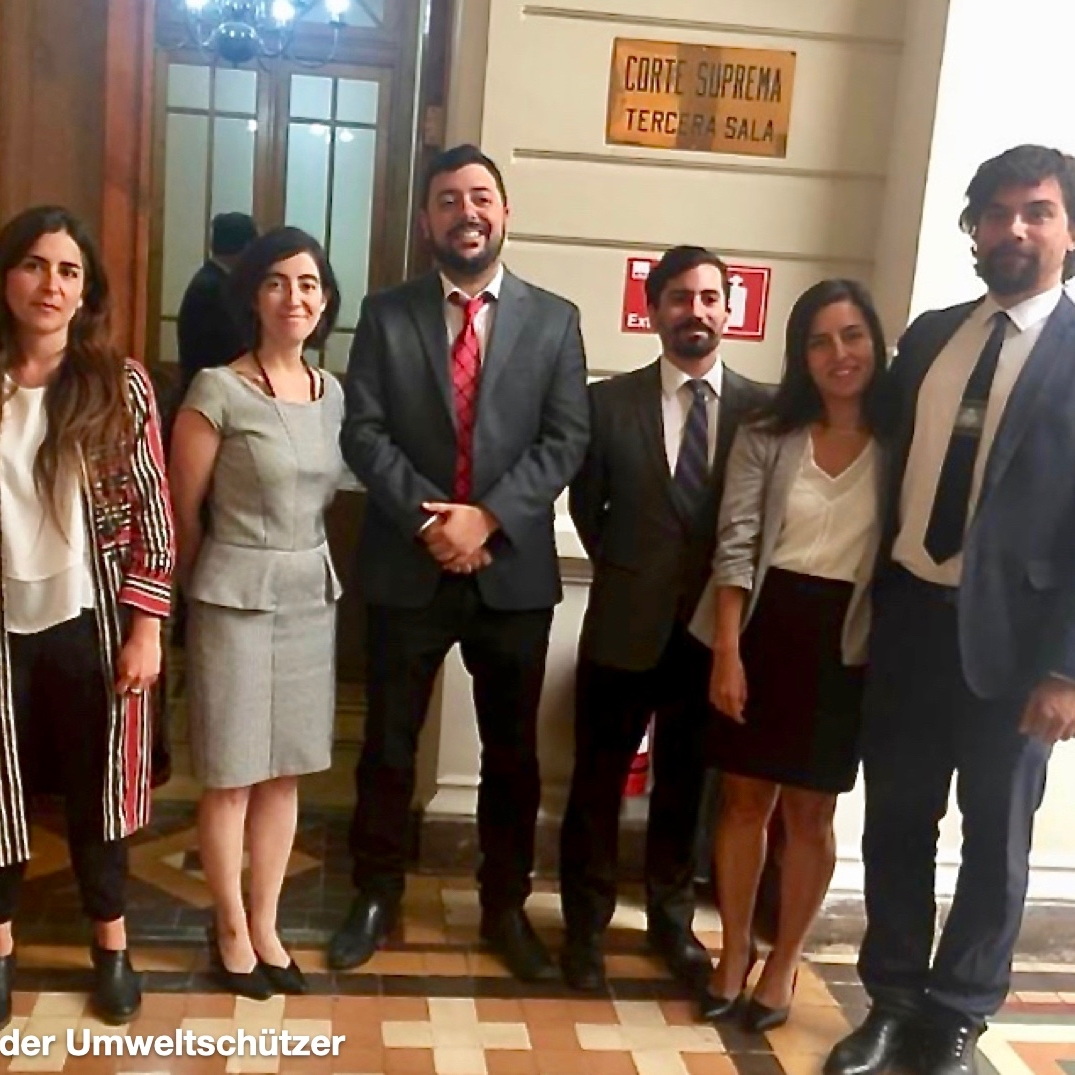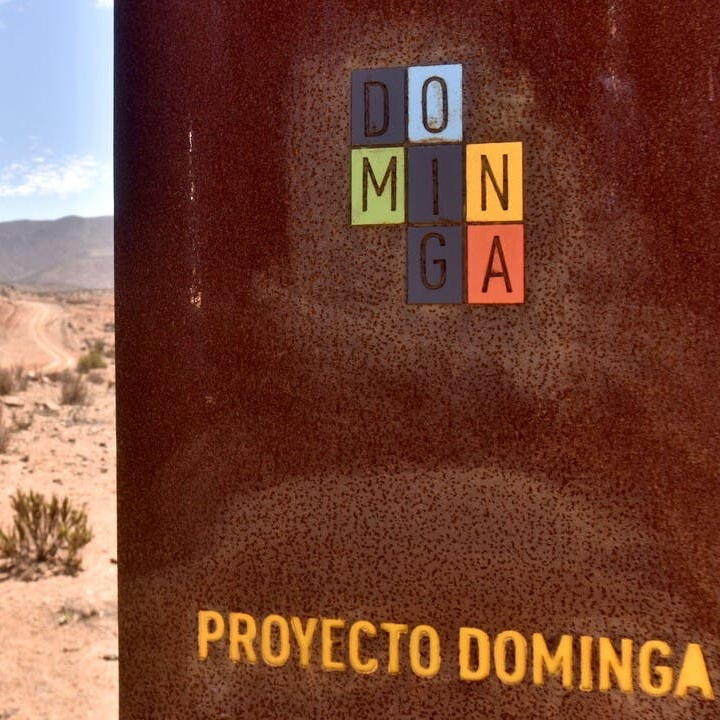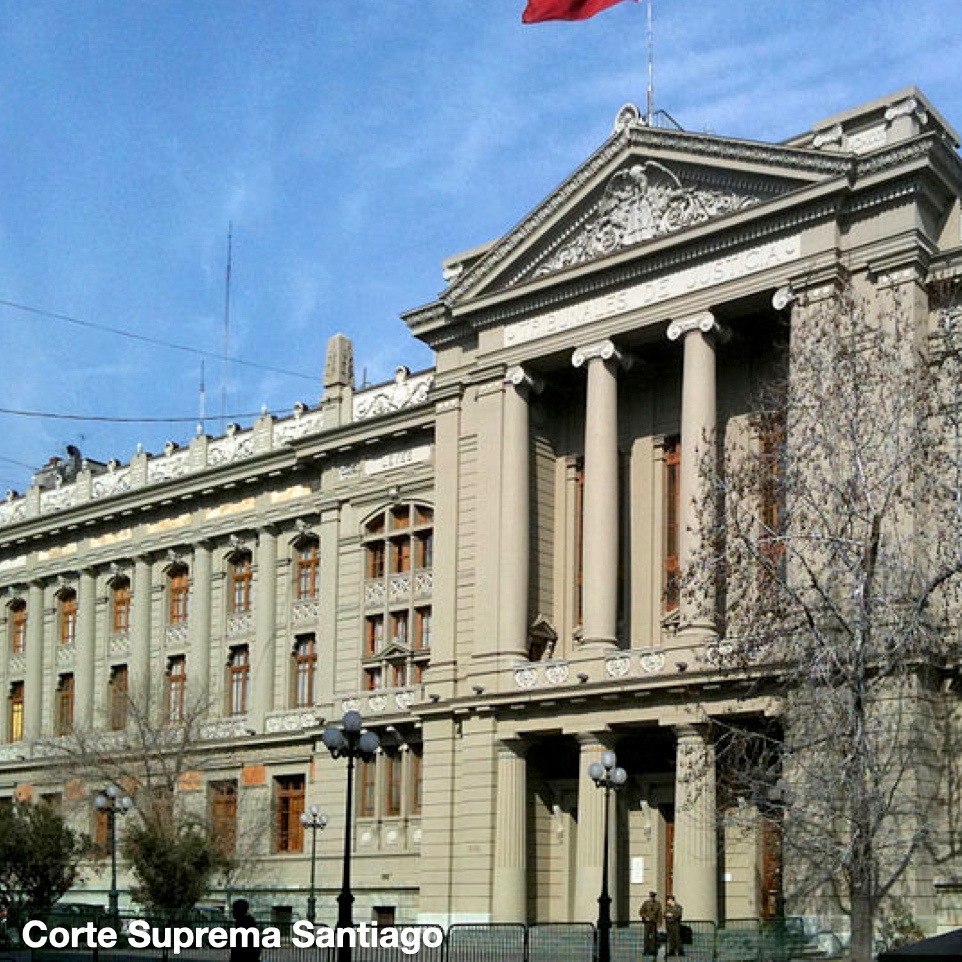- Corte Suprema sets date for comparison -
Landau, Santiago 5 December 2021.
On 29 and 30 November, hearings on the Dominga mining and port project took place before the 3rd Chamber of the Chilean Supreme Court (Corte Suprema). The hearing was broadcast live.
Chronology
It is difficult in the infinitely long Dominga cycle to keep an eye on what it is all about:
- In 2017, both the Coquimbo Environmental Impact Assessment Commission and the Committee of Ministers rejected the Dominga mining and port project on the grounds that the project did not take sufficient account of the conditions of the marine ecosystem and therefore underestimated the impact on one of the most biodiverse ecosystems in the entire Humboldt Current.
- Andes Iron brought an action against these decisions before the Antofagasta Environmental Court and won.
- The group of plaintiffs, the NGO Oceana, the Professional Association of Fishermen and Mussel Farmers (Los Choros), the indigenous communities of the Changos and residents of the municipality of La Higuera, challenged that judgment before the Chilean Supreme Court. The court ruled in 2019 that the rejections were lawful at the regional and ministerial levels and rejected the company's arguments. The Supreme Court referred the case back to the Antofagasta Environmental Court and asked the court to thoroughly examine the impact of the project on the environment, which, in the opinion of the lawyers of the group of plaintiffs (see above), had not happened.
- In 2020, the dispute was again heard and decided before the Antofagasta Environmental Court. However, the verdict was not published until 16 April 2021. The Environmental Court did not comply with the Supreme Court’s request to thoroughly assess the impacts, but instead ordered a new vote in the Regional Environmental Assessment Commission (COEVA).
- The group of applicants (see above) has again brought an action against that decision before the Corte Suprema.
- Even before the decision of the Corte Suprema - to the astonishment of the whole country - on 11 August 2021, the Environmental Assessment Commission approved the Mining and Port Project Dominga of the company Andes Iron
(see "No to ecocide- #NoaDominga“ https://sphenisco.org/en/projektenordchile-en/kampagnekraftwerke-en/956-no-to-ecocide)
In the meantime, about 30 objections have been filed against this decision, both by natural persons and various associations, including fishermen's unions, Alianza Humboldt, and NGOs such as Oceana.
Hearings
On the first day of the hearing, the group of plaintiffs held their arguments. They (1) demanded the final rejection of the Andes Iron project, (2) asked the Corte Suprema to declare the illegality of the judgment of the Environmental Court in Antofagasta, and (3) requested the Corte Suprema maintain the rejection of Andes Iron's project, thus ending the legal dispute that lasted more than four years.
On the second day, Patricio Leyton, Andes Iron's lawyer, said they had come to believe that it was best to build only one of the ports in the municipality of La Higuera. In this way, economic development and the environment could be reconciled. Already last year, the company surprised with the proposal not to build its own port for reasons of profitability, if the company Compañía Minera del Pacífico (CMP) would build the port "Cruz Grande". In this case, and if Andes Iron were allowed to share this infrastructure, they would be prepared to forego the construction of a shipping port. In addition, Attorney Leyton offered other ways to settle the dispute. For example, Andes Iron is prepared to cede all permits to the Chilean state or to examine other pacifying alternatives.
Patricio Leyton emphasized in his plea that the subject of the dispute was a mining initiative and not a port initiative. However, the objections of the other side were primarily directed against the sea terminal. He emphasized that the project was well-certified by numerous technical and scientific statements from the public and private sides.
Carlos Claussen, representative of the Mining Association, La Higuera, explained that the "port is only as an accessory", its use minimal. For example, "only one ship a week passes through the nature reserve, which is also more than 20 kilometers away. The ship operates at a much lower speed than the thousands of ships that currently sail the route annually."
The Totoralillo Norte Artisanal Fishermen's Union stated that it was interested in the project and requested that it be found to comply with the regulations.
Instead of announcing a date for the ruling, the Court surprised with a settlement date in mid-January 2022, at which an agreement between the parties is to be found.
History and Result
The course and outcome of the hearing are astounding, raise questions and should not go uncommented:
- After it became known that the Dominga mine does not allow profitable mining of iron ore and copper, the question arises as to why Andes Iron, together with Compañía Minera del Pacífico (CMP) wants to use the port? (see "Dominga" The big deceit”, https://sphenisco.org/en/projektenordchile-en/kampagnekraftwerke-en/956-no-to-ecocide)
- The lawyer of Andes Iron emphasizes that the project application is well-founded by technical opinions. This is exactly what the Coquimbo Environment Assessment Commission and the Committee of Ministers took a different view of in 2017, and rejected the Dominga Project. The Corte Suprema had shared this assessment and asked the Antofagasta Environmental Court to thoroughly assess the actual impact of the project on the environment. However, the court did not comply with this request in its new hearing and decision in 2020/2021.
The subject of the dispute is whether the rejection of the project was lawful due to insufficient consideration of the conditions of a sensitive ecosystem. Instead of finally evaluating the project in the context of the environment, Andes Iron offers to cede the disputed and unlawfully acquired permits to the State. However, the dangers for the Humboldt Archipelago are not reduced if the State builds and operates the port. This is problem concealment at the highest level.
- The representative of the local mining association also consistently refuses to take note of the real conditions: that's right Mr. Claussen, the National Protected Area of the Humboldt Penguin is about 20 kilometers from the planned route. However, this does not mean that the planned project has no impact on the protected area. Mr. Claussen also ignores the fact that the unique ecosystem also includes previously unprotected islands that lie directly on the route. On one of them, the very small island of Tilgo, breed according to the current census commissioned by SPHENISCO, e.B. 600 breeding pairs of Humboldt Penguins. That’s six times as much as in previous years. Contrary to the expectations of the mining association, penguins do not breed exclusively in protected areas.
There is also a significant difference between fishing boats and cargo ships. The fishing boats operate locally, so they do not introduce invasive species. Their emissions should also be reduced, but they do not arise in addition to the emissions of cargo ships. In the event of possible accidents, the cargo of the fishermen does not pose a significant threat to the marine ecosystem, but the iron ore and copper of the cargo ships pose a considerable danger.
- The fishermen of Totoralillo Norte stab the fishermen of the the other coastal villages in the back. It is unclear what interests guide them and why it’s not enough for them that in 2019 the Corte Suprema found that the environmental impact assessment did not take sufficient account of ecosystem conditions.
- The Corte Suprema therefore wants the parties to settle it among themselves and not request the Court not to have to rule. But you can't bargain with nature, you can't “settle”. Or do they think the parties will sit down and say, “Can it be more or less 10 percent further environmental destruction?”
W.K.
translated by Erich Greiner
Sources
Diario Financiero, financial newspaper (print and online)
online-Zeitung El Mostrador
Alianza Humboldt, personal communications
Click to enlarge:





